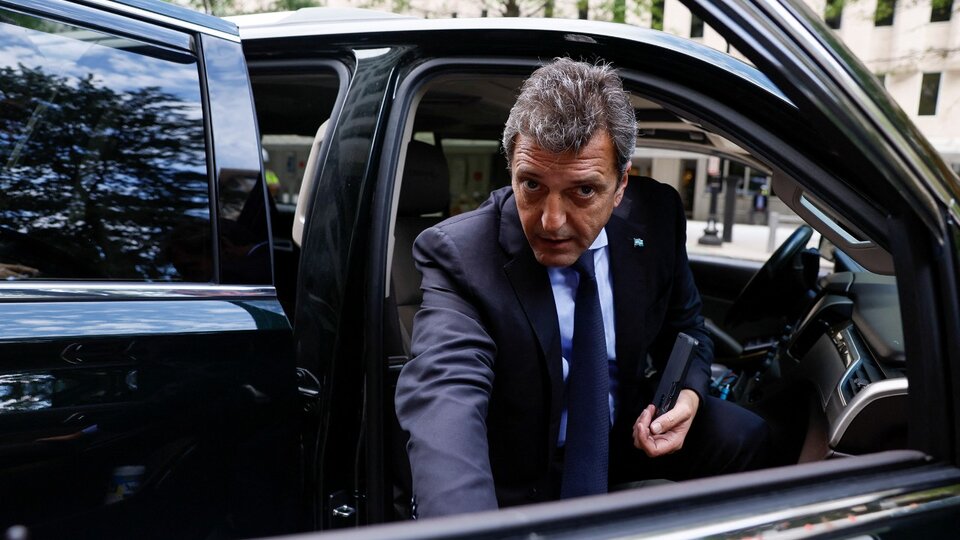Last January, the Chinese foreign minister chose Kenya for his first trip abroad of the year. In this stronghold of the “Chinafrique”, Wang Yi announced the appointment of a special envoy to oversee the peace talks in the Horn of Africa (while China is accused of selling arms to Ethiopia). But Wang Yi’s visit was also aimed at relaunching the “new silk roads”, out of breath by the Covid crisis that has dealt a severe blow to the Chinese economy and dried up the funding for this program in which China has already invested 932 billion. dollars.
Launched in 2013 at the initiative of Chinese President Xi Jinping, today it brings together 68 countries, mainly emerging economies, with the aim of building gigantic infrastructures. In April 2019, 37 heads of state gathered in Beijing around “the belt and the road” (BRI, in English), the official name of the project. Among these, the Kenyan president came to recover a loan of 600 million dollars and to sign the construction, by the telecommunications giant Huawei, of a data center in the new “technological city” of Konza and of a 27-kilometer freeway. Nairobi International Airport Service.
Africa alone concentrates more than half of the sums disbursed in this program. Three countries at the forefront: Kenya, Ethiopia and Djibouti. There, the ports, railways and roads were largely funded by Beijing, the most famous of which is the Standard Gauge Railway (SGR), which has been connecting Nairobi to Mombasa since 2017.
Limited offer. 2 months for € 1 without obligation
By joining forces with the South to isolate the North
But from the start, the project ran into pitfalls. Despite the creation of 30,000 jobs, many Kenyans have complained of unskilled and underpaid positions. The SGR has also recorded losses of over 200 million dollars in the last three years. “There were planning deficiencies and overly optimistic profitability forecasts, not to mention inflated construction estimates. All this, combined with Covid-19, has contributed to a dangerous rise in Kenya’s debt “, notes Phebe Wilson-Andoh in a study published by the Foreign Policy Research Institute. In 2021 it rose to 66 billion dollars, from 5 billion As a result, last year the Kenyan government nationalized the line to cut operating costs in half and the plan to link Kenya, Uganda, Rwanda, Ethiopia and South Sudan was halted.
Elected last month, the new president no longer hesitates to attack Beijing. During his campaign, William Ruto had even promised to expel Chinese citizens who were holding jobs that Kenyans might occupy. As soon as he was elected, he canceled the monopoly of Chinese logistics companies in the port of Mombasa. Relations became strained with its main lessor who has since refused the extension of the port logistics platform.
A failure that reveals the difficulties experienced by the new silk routes, which target some of the poorest and most unstable countries on the planet. Who find themselves stuck in the debt trap, with the risk of seeing China take over the infrastructure it has financed and built if the loans are not repaid. Nearly 60% of Middle Kingdom loans abroad are held by over-indebted countries such as the Democratic Republic of the Congo, Sri Lanka, Egypt or Laos. “Investments dominated by the Chinese desire to assert its international influence, rather than by real needs”, note the analysts of the rating agency Fitch.
Aware of the risks of seeing these countries defaulting, China has been cutting for four years. The states most in difficulty, such as Egypt or Sri Lanka, have not obtained new loans this year. And new investment in program countries was cut by nearly half, from $ 117 billion in 2018 to $ 59.5 million last year.
But it’s not about moving on. “The project should continue, because it allowed Xi Jinping to ally with the South to isolate the North,” observes Sinologist Jean-Pierre Cabestan. With notable effect, the countries concerned clearly tend to align themselves with China’s positions at the UN.
Opinions
The Chronicle of Robin Rivaton
The Chronicle of Sylvain Fort
The Chronicle of Christophe Donner
The Chronicle of Frédéric Filloux





